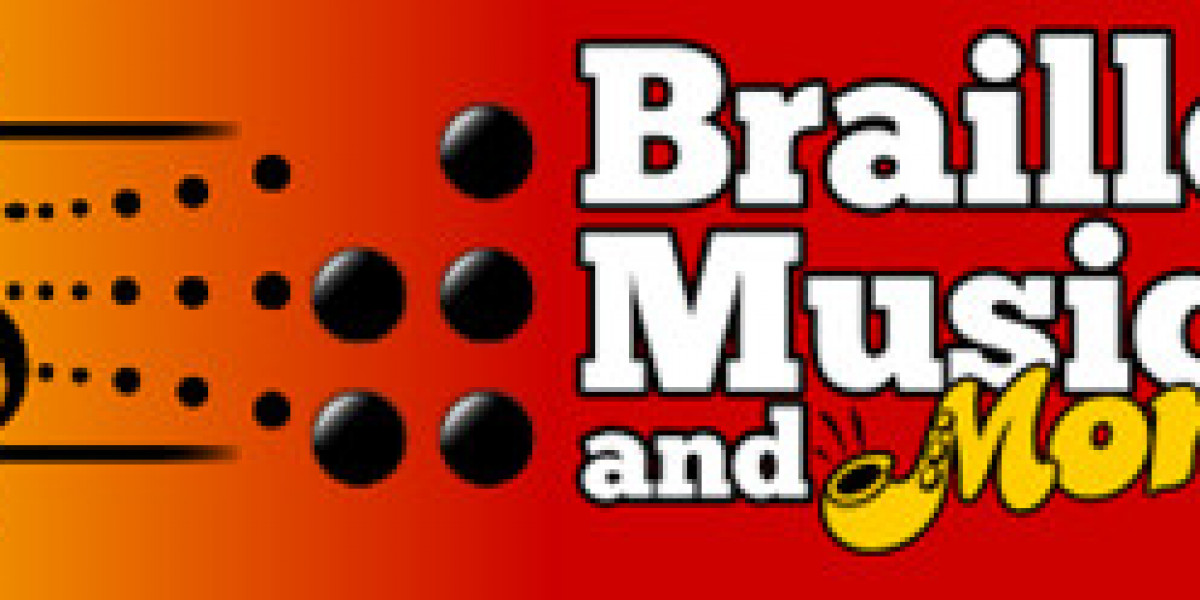Music transcends the limitations of language and sensory barriers. For visually impaired musicians, engaging with and understanding different musical compositions has been a challenging task. But, braille music technology has become a pioneer in this landscape and transformed the scenario with its inclusive power. These innovations have not only enhanced access to musical scores but also revolutionized the way impaired musicians can learn and create music.
Braille Transcription Services:
Braille transcription services play a crucial role in ensuring that visually impaired musicians have access to the same musical resources as sighted musicians. By converting musical scores into braille notation, these services enable blind musicians to read and perform music independently. This not only enhances their musical experience but also promotes inclusivity within the music community.
In this blog, we will explore what innovations have been introduced in braille music technology to increase inclusivity and enable musicians to reach their fullest potential.
Evolution of Braille Music
Braille Music has long been around. Created by Louis Braille in the 19th century, it provides visually impaired musicians with a notation system that enables them to read and perform music using Braille symbols. Traditionally this meant using embossed paper which although effective had its own set of limitations including portability and availability.
As technology advanced, so did Braille music notation tools available to visually impaired musicians. Digital technology has revolutionized how they interact with music - providing greater independence as well as opportunities for collaboration and performance.
Current Innovations in Braille Music Technology
Braille Music Technology has undergone some dramatic advancements over recent years, which are game-changers. Here are some key developments:
- Digital Braille Displays: These Bluetooth devices connect seamlessly with computers, smartphones, or tablets and display braille characters on a tactile surface for seamless scrolling of scores - an impressive improvement over bulky traditional braille music books.
- Braille Music Software: Software such as Goodfeel and Braille Music Editor allows musicians to convert printed scores directly into braille notation, making the creation and editing of braille scores simpler as well as supporting teaching collaboration among visually impaired and sighted musicians.
- Portable Braille Note Takers: These are compact devices designed to capture, edit, and store braille music on the go, giving musicians access to scores without the need for large volumes of braille paper. This tool helps musicians practice, compose, and reference scores quickly without carrying around massive volumes of paper scores.
- Online Braille Music Libraries: Digital libraries and resources have made thousands of braille music scores accessible worldwide, while organizations like the National Library Service for the Blind and Print Disabled in America provide extensive collections of downloadable braille music files - greatly expanding access and variety for their readers.
Impact of Innovations
It would be impossible to overstate the significance of these technological advancements on visually impaired musicians. Increased access to Braille Music means more musicians can learn, participate, and contribute to performances and compositions - enriching not only their own lives personally but also culturally enriching wider society.
Nobuyuki Tsujii, a blind concert pianist and composer, has demonstrated how access to musical education and resources can lead to international acclaim and professional success in this field. Such stories underscore the significance of continuous innovation and support within this sector.
Challenges and Future Prospects
While significant progress has been made, obstacles remain. The cost of technology and the need for continued development to adapt to evolving digital environments remain significant challenges, as does training/support needed so visually impaired musicians can fully take advantage of new technologies.
Conclusion
Advancements in Braille Music Technology affirm everyone's right to self-expression and cultural engagement on their terms, not just those who cannot see or hear music. It is essential for people who are motivated by these advancements to support the organizations that create and spread these technologies.
Braille Music and More is still an origin for resources and guidance for those people with visual impairments. They help them to learn more and contribute to the fields of braille music technology.






